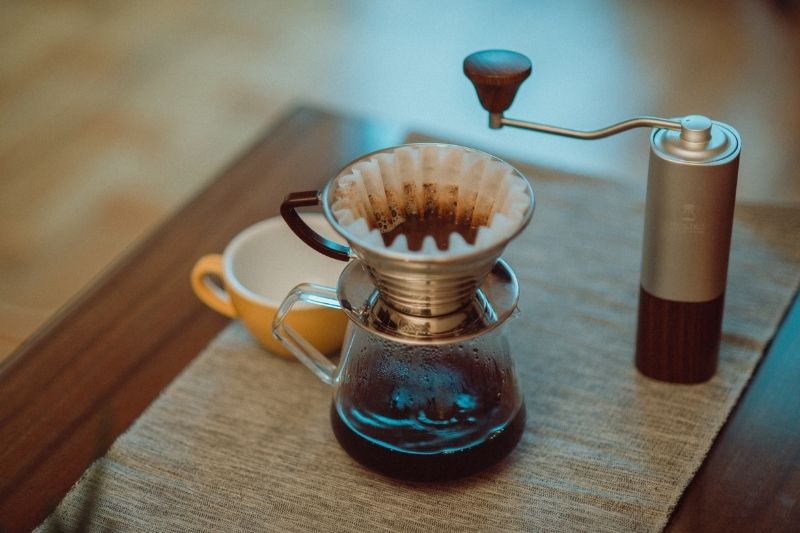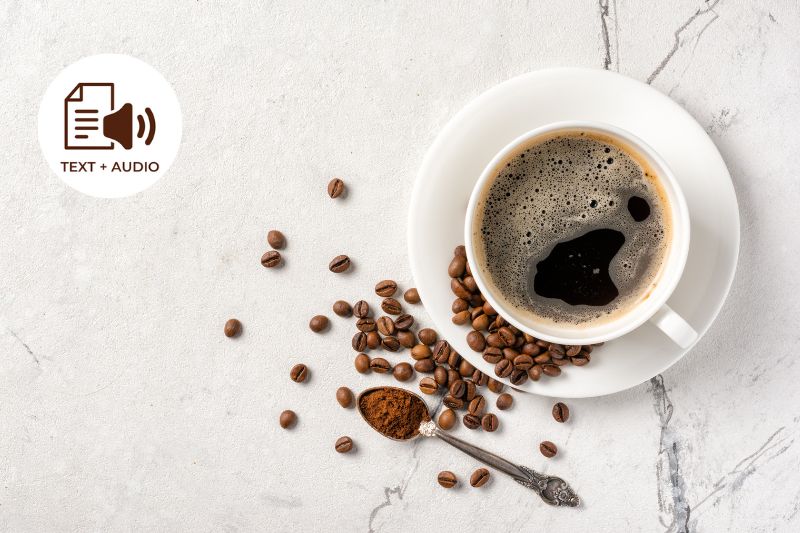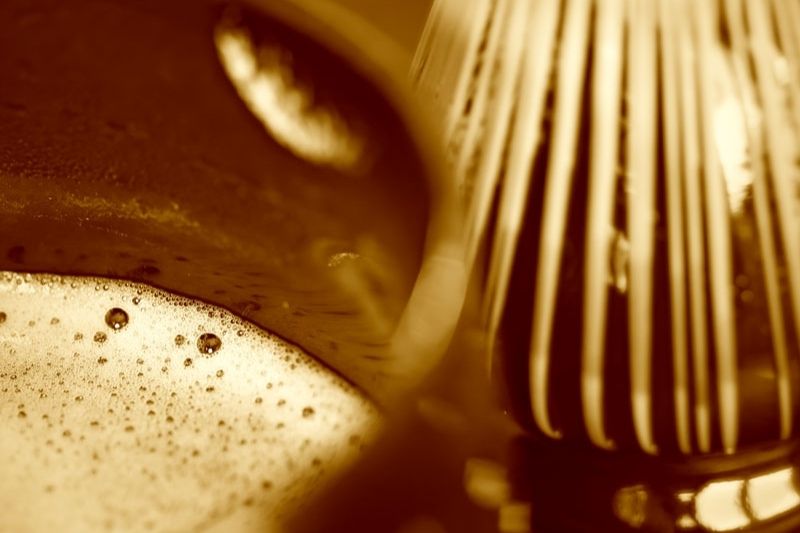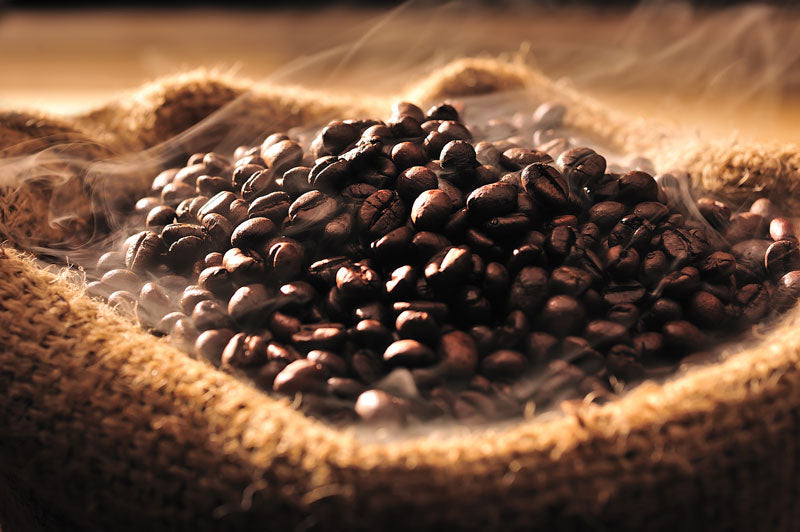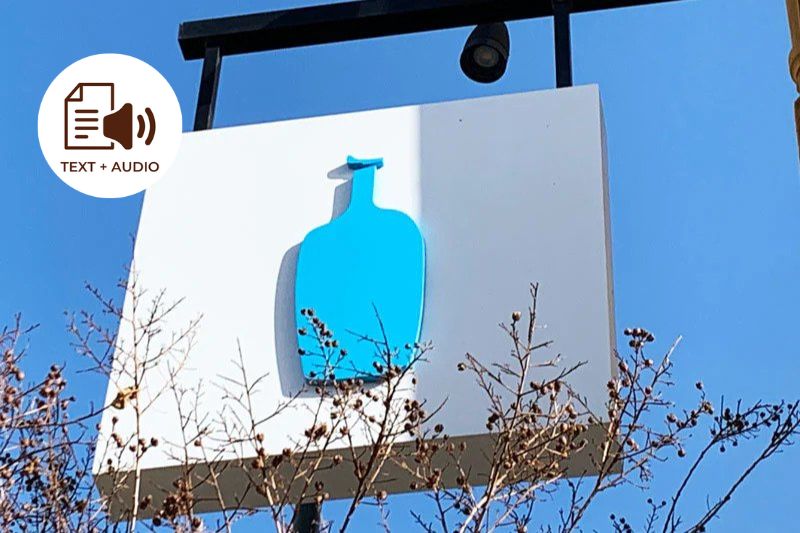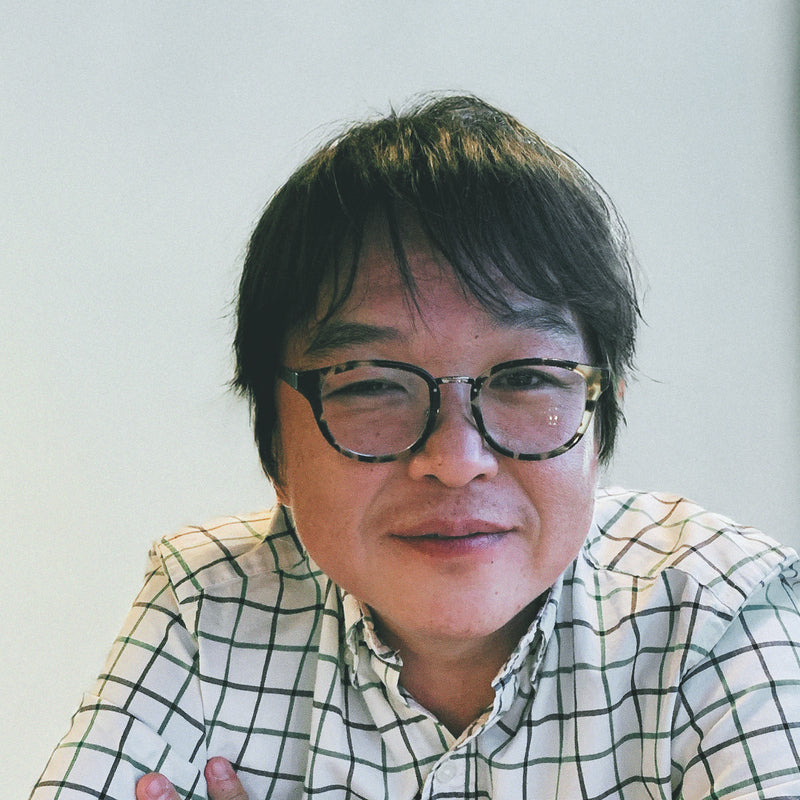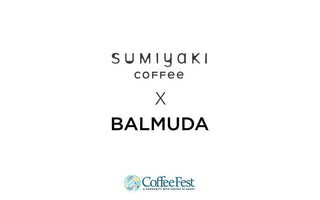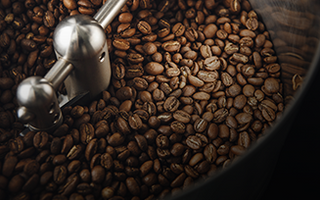Today, I am going to talk to you about Kalita, a Japanese company that is one of the leaders in the coffee industry. The Kalita products are preferred by many industry professionals around the world as the company always strives for innovation and quality.

Let’s have a look at some of its most popular products and explore why one of them has taken the world by storm and has helped many industry professionals win coffee competitions due to its smart design.
Who is Kalita?
Kalita is a family-owned Japanese company, first established at Nihonbashi, Tokyo in 1958. The company has been making coffee equipment for a few decades now, turning into one of the most prolific companies in the coffee products business sector.
Today, its head office is in Yokohama and with a few offices around Japan, Kalita is one of the coffee industry leaders, offering a wide range of products with a focus on a quality coffee experience.

The Most Popular Kalita Products
The company has brought many products to the market and they are all designed to offer the best way to brew filter coffee.
More specifically, Kalita products include:
-
General coffee equipment and tools
Out of all these products, the wave series coffee drippers, the drip pot, and the wave paper filters definitely come first in popularity.
But if we had to choose one product to dedicate this post to this would be the Kalita Wave. This little brewer can be found in many coffee shops around the world and baristas have many reasons to love it.

The Success of the Kalita Wave
You know a coffee product is really good when industry professionals swear by it. In the case of the Kalita Wave, this is exactly the case. This little brewer can work some magic and many baristas around the world have proven this during coffee competitions.
During such competitions, baristas are required to choose their weapon and for many, that is the Kalita Wave. In fact, many of them have won national and world championships using it. Here are the top-ranked baristas using the Kalita Wave:
- Mikaela Wallgren - 2016 Brewers Cup Champion of Finland
- Stephen Houston - 2019 Brewers Cup Champion of Ireland
- James McCarthy - 2013 World Brewers Cup Champion
- Dylan Siemans - 2017 Brewers Cup Champion of U.S.A
- Todd Goldsworthy - 2014 Brewers Cup Champion of U.S.A
It’s no wonder this is a preferred brewing tool for many coffee lovers around the world. So let’s find out why it’s so popular and how you can use it at home.

How the Kalita Wave works
When it comes to the Kalita Wave, it’s all about the design. Unlike other conical brewers with a single hole on the bottom, the Kalita Wave features a flat bottom surface with three holes for extraction.
The purpose of the three holes is to minimize any water channeling. The bottom line is that the water evenly extracts the coffee from the grounds, resulting in a bright and flavorsome cup of coffee.
What this design truly offers is more control over your brew, since the water is evenly distributed on the coffee bed. Another positive factor about the Kalita Wave is what the company calls the Wave Zone.

The paper filter for the Kalita Wave features 20 waves as it sits flat on the bottom of the dripper. This way the water comes in contact mostly with the coffee, called the Wave Zone, as it slowly pours in your cup. This means the water is not accumulating on the sides when it’s poured at an angle when using other brewers, resulting in a balanced cup of coffee.
As for its size, the Kalita Wave comes in two sizes the #155 and the #185. The first one is the perfect brewer for a single cup of coffee, while the latter is slightly larger so you can brew for your family and friends (or yourself, why not?)

Let’s brew with the Kalita Wave
Know before you brew.
If you want to make a tasty cup of coffee it’s not just about the recipe you will use but about the best brewing practices, you will follow from start to finish. Here are the three most important things you need to pay attention to:
Coffee Beans: a cup of coffee is as good as the beans, so be sure to make educated choices when it comes to the coffee beans you are buying. Have a look at the roast date, usually, they should have been roasted within the last month or two. Also, it’s best if you buy whole beans instead of ground coffee, as the second has started to lose its flavor and aroma from the moment it was ground. Plus grinding coffee at home is much more fun!
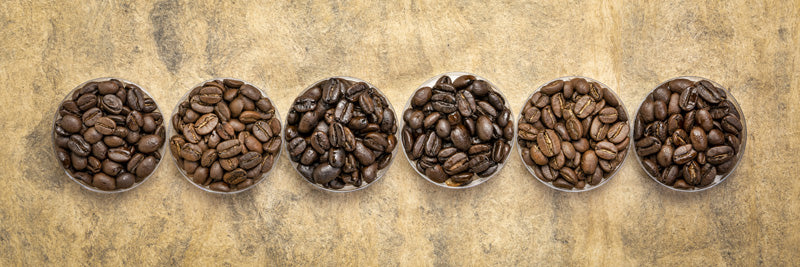
Grinding: It might seem scary to do so at first but grinding coffee fresh just before you brew it makes a huge difference in your cup. For a cup of filter coffee brewed with the Kalita Wave, I suggest you opt for a medium grind setting as it is more likely to bring out the best flavors of your coffee beans.
Brew Ratio: food preparation often needs a recipe, the same goes for brewing coffee. Add too much water and your coffee tastes weak, add more coffee than you should and your coffee tastes too intense. Many baristas recommend using a ratio of 1:15 (coffee to water) for filter coffee but you can experiment to figure out which recipe you prefer.
Now that we got the best brewing practices out of the way, let’s brew some coffee!
The following recipe is for one, using the Kalita Wave #155.
Equipment you will need
- Freshly ground coffee beans
- Water
- A timer
- Scales
- Kalita Wave
- Paper filters
- Spoon or stirrer (optional)
- A kettle
Step-by-step guide
-
Heat your water between 194º - 203ºF
-
Rinse the filter with the hot water and place it in your Kalita Wave
-
Measure 16g of coffee beans and grind them fresh
-
Place your mug on your scales and the Kalita Wave on top
-
Add the coffee and start the timer. You are aiming for 250ml in 2:30 minutes.
-
For the first pour add double the amount of water to coffee about 35ml.
-
After the water has drained through, continue pouring slowly in a circular motion until you reach 150ml.
-
Let it drain through again and pour for the last time until you reach 250ml.
-
Enjoy!


Final Thoughts
I wouldn’t blame you if after reading this article you can’t wait to get your hands on a Kalita Wave! It’s truly a remarkable brewer worthy of every household that loves a good cup of coffee. I hope you enjoyed this article and the recipe. Happy Brewing!
• Disclosure: I only recommend products I would use myself, and all opinions expressed here are my
own. This post may contain affiliate links that I may earn a small commission at no additional cost to you.
The commission also supports us in producing better content when you buy through our site links.
Thanks for your support.
- Kei and Team at Japanese Coffee Co.
Get Free Bonus Books

Sign up for free to the Coffee Club to get advice and exclusive articles about how to choose Japanese Coffee, and tips, tricks, and recipes for enjoying Japanese coffee.
About the author
Kei Nishida
Author, CEO Dream of Japan
Certification: PMP, BS in Computer Science
Education: Western Washington University
Kei Nishida is a passionate Japanese tea and coffee connoisseur, writer, and the founder and CEO of Japanese Coffee Co. and Japanese Green Tea Co., both part of Dream of Japan.
His journey began with a mission to introduce the world to the unparalleled quality of Japanese green tea. Through Japanese Green Tea Co., he established the only company that sources premium tea grown in nutrient-rich sugarcane soil—an innovation that led to multiple Global Tea Champion awards.
Building on this success and his passion for Japanese craftsmanship, Kei expanded into the world of coffee, pioneering the launch of Japanese Coffee Co., the first company to bring Sumiyaki charcoal-roasted coffee to a global audience. His dedication to authenticity and quality ensures that this traditional Japanese roasting method, once a well-kept secret, is now enjoyed worldwide.
Beyond tea and coffee, Kei has also introduced Japan’s legendary craftsmanship to the world through Japanese Knife Co., making handmade katana-style knives—crafted by a renowned katana maker—available outside Japan for the first time.
Kei’s journey continues as he seeks out and shares the hidden treasures of Japan, one cup and one blade at a time.
Learn more about Kei







